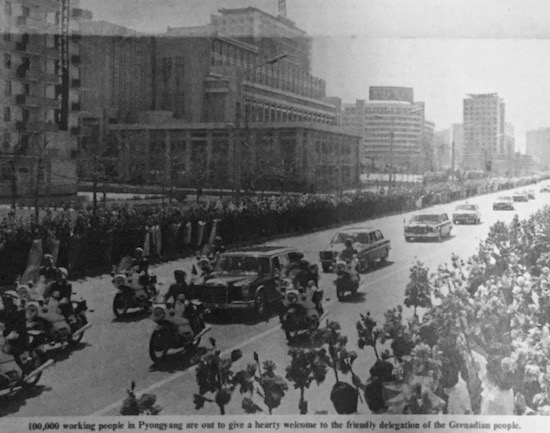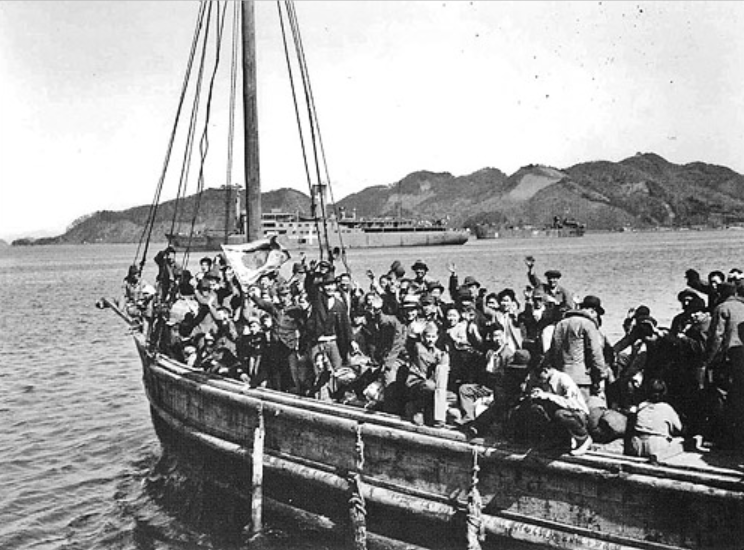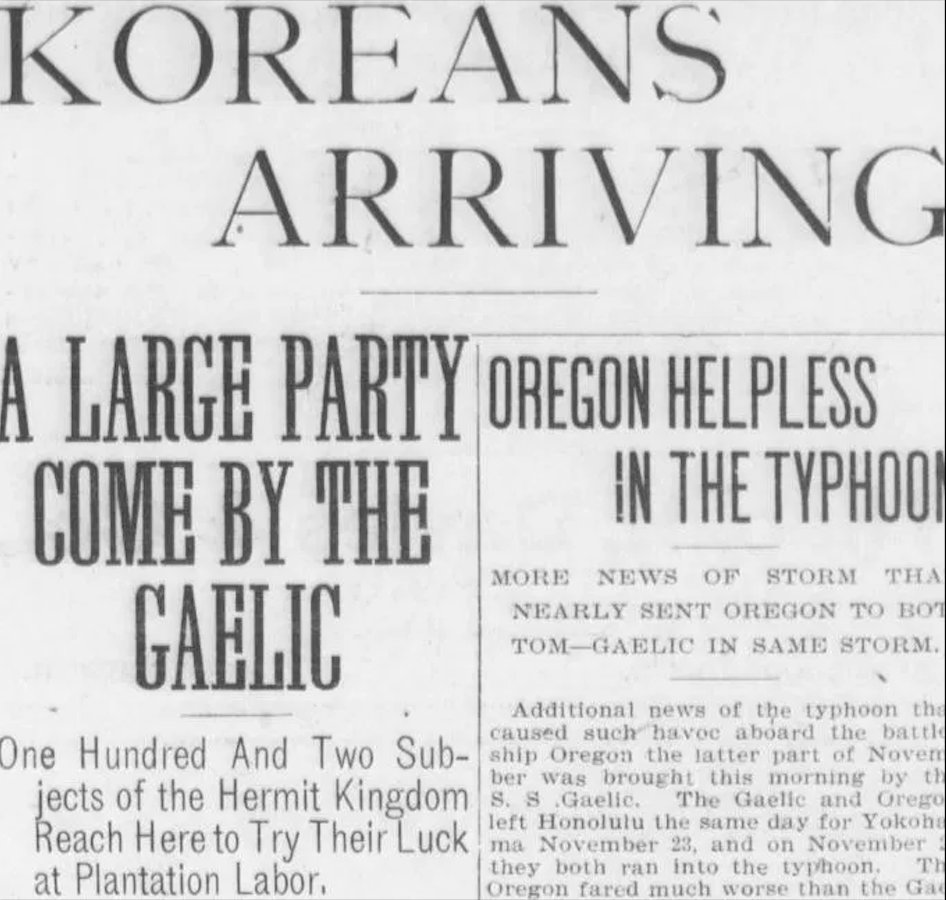
In response to US atrocities in Korea, Picasso painted the piece “Massacre in Korea” in 1951. A communist, Picasso created this piece to highlight how the US used their goal of expelling communism on the Korean peninsula to justify their merciless violence. 

The idea of showcasing “Massacre in Korea” in South Korea has always been unthinkable. Yet for the first time ever, the piece is now on display until August in Seoul at the Hangaram Art Museum.
For the last 70 years, the artwork was banned from being showcased in South Korea as part of the ROK’s National Security Law which criminalizes pro-communist speech and organizing. For decades, museums have attempted to bring the painting to Korea but failed.
Images of the piece were blacked out in art books and Picasso’s name was taboo in South Korea as recently as the 70s due to the possibility of prosecution under the National Security Law. Picasso was also subject to surveillance by the US Federal Bureau of Investigation.
The story of “Massacre in Korea” reveals the extent of the anticommunist police state constructed in South Korea to uphold the US occupation and division of our homeland.
This example shows how the National Security Law has been wielded to police the limits of acceptable thought and speech in South Korea, including national memory of the Korean War.
We do not share this information as an endorsement of Picasso himself, who is now known to have abused his romantic partners and family members, including a 17 year old girl who he had a sexual relationship with as a middle-aged man—which at the time in France was a crime.
Picasso’s artistic style was also highly derivative of certain African art styles, but he offered no attribution during his lifetime and instead built up his own artistic reputation by branding the appropriated aesthetic as “cubism.”
Due to the intense political repression within the ROK and against the DPRK on the international stage, the atrocities committed against Koreans have often been brought to the attention of the western world by white men who are not directly accountable to the Korean people.
• • •
Missing some Tweet in this thread? You can try to
force a refresh





























